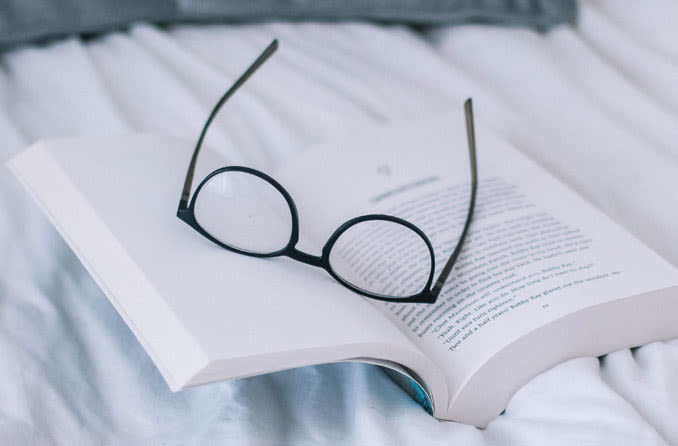Hyperopia (long sightedness): How to correct for it

Hyperopia, or long sightedness, is a common vision problem.
A recent analysis of 40 international studies found the prevalence of hyperopia ranged from 8.4 percent among 6-year-old children, 2 to 3 percent among children ages 9 to 14 years ,and approximately 1 percent among 15-year-olds.
Someone with long sightedness generally can see distant objects clearly, but for objects that are up close they can have difficulty focusing or suffer symptoms like headaches and eye strain .
The condition also is called hypermetropia.
Hyperopia signs and symptoms
Long sighted people sometimes have headaches or eye strain and may squint or feel fatigued when performing work at close range.
If you get these symptoms while wearing your glasses or contact lenses, you may need an eye test and a new prescription.
What causes hyperopia / hypermetropia?
In an eye with hyperopia, light rays entering the eye focus behind the retina, rather than directly on it. The light literally falls too 'long' to focus clearly, thus the name.
Typically, this is because the eyeball of a long sighted person is shorter than normal.
Many children are born long sighted and "outgrow" it as the eyeball lengthens with normal growth.
Sometimes people confuse hyperopia with presbyopia, which, for different reasons, also causes near vision problems among people after age 40 .
Hyperopia treatment
Hyperopia can be corrected with spectacles or contact lenses to change the way light is refracted into the eyes.
If your spectacle or contact lens prescription begins with plus numbers, like +2.50, you are long sighted.
How you need to wear your spectacles or contacts may vary from all the time to only when reading, working on a computer or doing other close-up work.
When selecting spectacles for the correction of long sightedness, choose aspheric high-index lenses. These lenses are thinner, lighter, and have a flatter, more attractive profile.
Aspheric lenses also reduce the magnified appearance that stronger lenses for hyperopia often cause.
Be aware that high-index aspheric lenses reflect more light than standard plastic lenses. For the best comfort and appearance, make sure the lenses include anti-reflection coating, which eliminates distracting lens reflections.
Also, spectacle lenses for long-sighted children should be made of lightweight polycarbonate lens material for superior comfort and impact resistance.
And photochromic lenses that automatically darken in response to sunlight are highly recommended for kids and anyone who spends a significant amount of time outdoors.
Page published on Monday, 16 March 2020






